Beam Me Up, Conti! Testing Tomorrow's Car Tech, Today

Adaptive cruise control, emergency brake assist and blind-spot monitoring were the stuff of science fiction just a decade ago, but today these features are available on many reasonably priced, mass-market vehicles. Pushing driver assistance even further, Continental is developing a suite of advanced technologies with some pretty amazing capabilities.
Recently the tier-one auto parts supplier invited a small group of media up to its 540-acre test facility in Brimley, Michigan, in the state’s sparsely populated (and frigid) Upper Peninsula. The German company showed off a number of exciting new technologies, some of which are on the market right now, and others that will be coming out in a couple years.
Riding Along in a Self-Driving Car
Without a doubt the most impressive thing on display was the firm’s Highly Automated Driving Car. It may look like a standard-issue Volkswagen Passat, but it’s actually been outfitted with a suite of aerospace-grade technologies. Four short-range radar sensors are mounted around the perimeter of the vehicle, one at each corner. They can detect objects more than 50 feet away. Additionally, there’s a long-range radar sensor at the front of the vehicle as well as a stereoscopic camera mounted at the top of the windshield.
SEE ALSO: Automatic Driving Just a Few Years Away
Making this feat even more impressive is that all of the electronics are off the shelf, meaning they’re in production and on the road today. The car performs its duties without any elaborate or expensive one-off sensors. “That was the plan, to see where we are and where we can go,” said Ibro Muharemovic, a member of Continental’s advanced engineering team.
Aside from driving itself on the highway this modified Passat has a few other tricks up its sleeve. Conti representatives demonstrated the car’s ability to cope with heavy road congestion. The company’s Traffic Jam Assist feature can take over driving duties at low speeds, freeing motorists from the tedium of stop-and-go bottlenecks. This system could reach the market by 2016, or even sooner.
With Traffic Jam Assist “[the] driver is actively monitoring the surroundings” Muharemovic said, as the technology is only indented for low-speed use. It’s an “introduction to highly automated driving,” he said. “As time progresses we can increase the speed of the vehicle.”
SEE ALSO: Conti First Auto Supplier Approved to Test Autonomous Cars in Nevada
Beyond these advanced driver-assistance systems, Continental had another safety technology on display. A pedestrian avoidance system is under development as well. Using the same battery of off-the-shelf sensors it can detect people that wander into a vehicle’s path and stop the car before there’s an impact. If it’s not possible to come to a complete halt, the system can at least reduce the severity of the crash.
Blind-Spot Detection with Trailer Towing
Blind spot monitoring systems are really gaining traction. Just a couple years ago they were exclusive to the luxury segment, but now they’re offered on countless vehicles from just about every manufacturer.
The technology is particularly helpful on big vehicles with large blind spots – pickup trucks for instance. But a useful safety feature can be rendered little more than a pricey annoyance if a trailer is added into the equation. Thankfully the folks at Conti have a solution.
Engineers have developed a blind-spot monitor that can actually tell if something is hooked to the back of a truck. Competing systems on the market right now need to be switched off in similar situations because they’ll constantly beep, warning the driver of an obstacle – the trailer.
Two radar sensors drive this system; one is mounted in each of the rear tail lamps. “The sensors see everything around,” said Holger Schanz, Senior Manager for Advanced Technology and Innovation. They have a range of about 50 feet and a 180-degree field of view.
“It sounds simple but technically it’s quite a challenge,” said Schanz. A lot of computer processing goes into making the system function, and in demonstrations it worked very well. He said, “We track everything that passes by the sensor,” and sorting moving objects from stationary ones is a “very complicated task.”
Still, the technology is expected to hit the market shortly, probably around 2015. “Customers are very interested in it,” Schanz said, particularly OEMs that sell a lot of trucks.
Electronic Parking Brake
One feature that’s available today is Continental’s Electronic Parking Brake. This technology made its North American debut on the 2013 Ford Fusion.
The big appeal of this system is its drive-away release capability. Practically everyone’s taken off with the parking brake left on at some point in their motoring career; it’s inevitable, especially with a manual transmission. But on the new Fusion this is no longer an issue. The electric parking brake releases itself automatically – just put the car in gear, hit the accelerator and go. There’s no chance of damaging the rear brakes or slowing the vehicle down with unnecessary drag.
Engineers also integrated an emergency function into the system. If the pedal is obstructed with a water bottle or child’s toy for instance and stopping performance is reduced, the parking-brake switch can be pulled up and held, which applies the brakes and stops the car. In testing it worked amazingly well, stopping the car safely and swiftly.
Additionally, there’s a layer of redundancy. If part of the hydraulic system fails the electric parking-brake actuators at the rear wheels can be used for stopping in emergency situations. To prevent a loss-of-control situation they pulse from side to side to keep the car in a straight line. It’s pretty neat, but something that will probably, or rather hopefully, never be needed.
Four-Corner Air Suspension
No doubt you’ve heard Chrysler singing the virtues of its new air suspension fitted to the 2013 Ram 1500 pickup, but here’s a secret: The system was actually developed by Continental.
“Air suspension has been very popular in Europe and now it’s starting to come over here” said Heidi Hahn, a Vehicle Dynamics Engineer. And what’s not to like? It’s height adjustable and delivers a smooth ride with confident handling.
The Ram 1500 has an air bladder and height sensor mounted at each corner. These parts work in conjunction with an electric compressor located at the rear of the truck, an out-of-the-way location that keeps unwanted noise as far from the cabin as possible.
From its lowest setting to its highest, the suspension can adjust a full four inches, meaning it can drop down for easier entry and exit, not to mention better fuel economy at high speeds; and of course it can raise up for more ground clearance off road.
Some truck owners may question the suspension’s durability, but Hahn said, “The lifespan of an air spring is longer than a steel spring.” Augmenting the longevity benefit, the system is also about 6.5 pounds lighter.
Aside from the Ram truck, Conti’s air suspension is also used on the Tesla Model S and Jeep Grand Cherokee Overland.
A Glimpse in Continental’s Crystal Ball
From highly automatic driving to advanced blind-spot detection Continental is on the cutting edge of automotive technology. Many of their systems are already on the market, but their most exciting stuff is still under development. These advanced driver-assistance features promise to revolutionize motoring as we know it, nearly eliminating accidents, while making time spent commuting much more productive.
GALLERY: Highly Automated Driving Car

Born and raised in metro Detroit, Craig was steeped in mechanics from childhood. He feels as much at home with a wrench or welding gun in his hand as he does behind the wheel or in front of a camera. Putting his Bachelor's Degree in Journalism to good use, he's always pumping out videos, reviews, and features for AutoGuide.com. When the workday is over, he can be found out driving his fully restored 1936 Ford V8 sedan. Craig has covered the automotive industry full time for more than 10 years and is a member of the Automotive Press Association (APA) and Midwest Automotive Media Association (MAMA).
More by Craig Cole



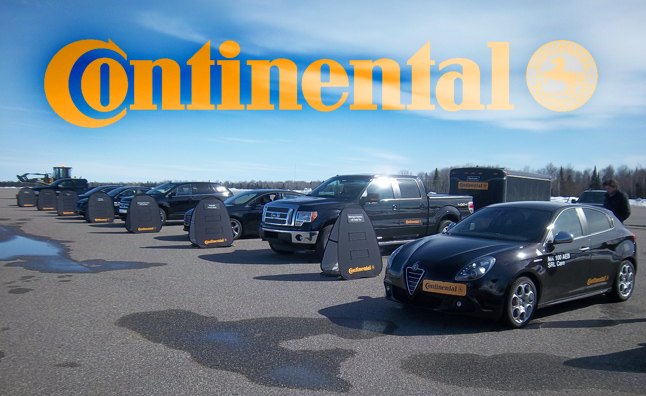

















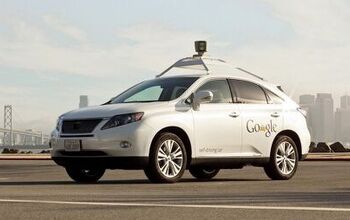


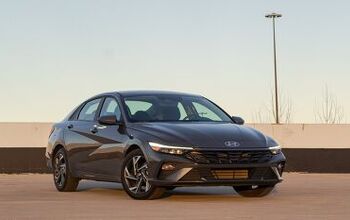


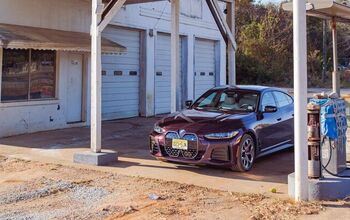

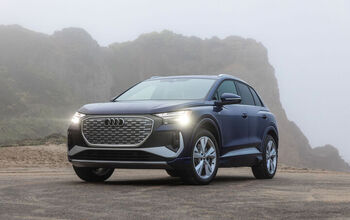



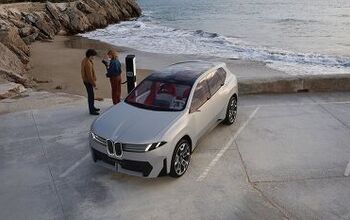


Comments
Join the conversation